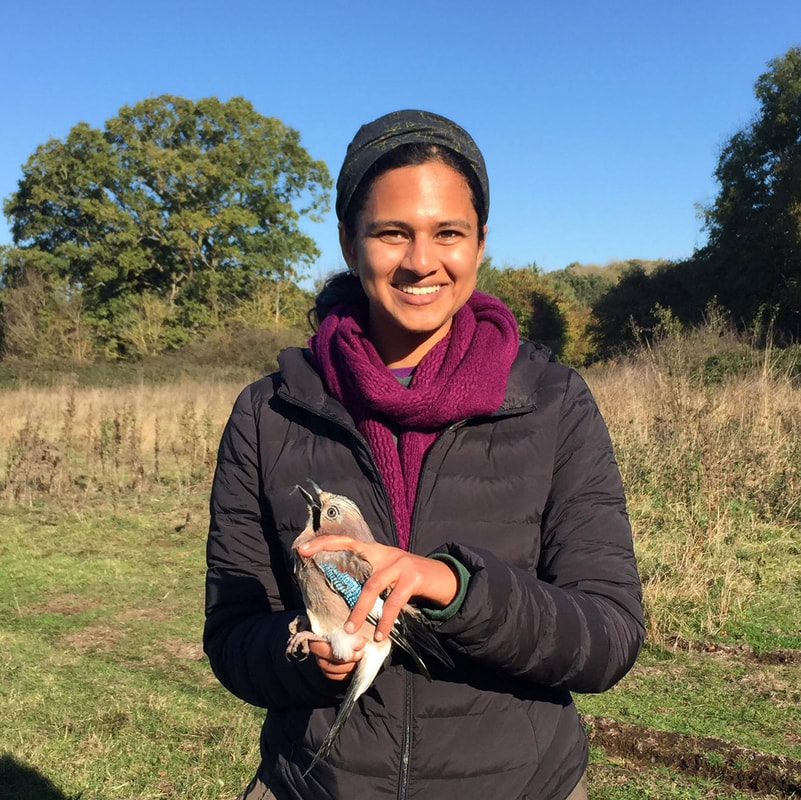Project: Avian Malaria Across a Gradient of Alien Invasive Trees on Shola Sky Islands.
|
Description: The avian malaria project seeks to determine the patterns of prevalence of avian malarial parasites in the endemic and non-endemic bird species across the sky islands of the Western Ghats. We are interested in the evolutionary relationship between the hosts (bird), vectors (dipteran flies) and the parasites among different sky islands, mainly Palani-Annamalai hills and Nilgiri hills. We also aim to understand the impact of rapid landscape change and climate change on the prevalence of avian malaria among the sky island birds and also how species traits influence the degree of parasitemia within individuals.
Emerging infectious diseases are one of the most crucial aspects of wildlife conservation. Followed by a chance introduction, the pathogenic spread is often a density dependent response and can cause serious population declines pushing the host species into a possible extinction vortex. In cases of haemosporidian (blood) parasites causing disease like malaria in wild vertebrate species, the host-parasite interaction can be more complex with the involvement of an insect vector as an intermediate host responsible for parasite transmission. Avian Malaria is an infectious disease in birds is caused due to haemosporidian parasites of the groups Plasmodium, Haemoproteus and Leucocytozoon majorly. Plasmodium spp. among the three groups are known to be more pathogenic in birds and have also caused large mortalities in the oceanic islands where it was introduced followed by the introduction of mosquito vectors. It is thus important to understand the influence of environmental factors (e.g. habitat structure, land use change, climatic factors etc.) as well as species based factors (e.g. behavioural traits, strata of foraging, home range, intra and interspecific competition pressure etc.) on the prevalence of avian malaria and it’s pathogenicity in a region. The Shola Sky Islands in the Western Ghats are essentially climatically isolated mountain tops having tropical evergreen shola forests interspersed naturally with montane grasslands, and more recently, various anthropogenic landscapes. We plan to investigate the distribution of mosquito vectors as well as plasmodium spp. in relation to the extent of landscape change and climate change in these sky islands. This will help us identify the areas of potential conservation action. It is important to identify the most susceptible species to the parasite infections in light of the known extinctions from other islands. We hence also aim to understand the individual level fitness consequences in different bird species with varying levels of parasitemia along with its seasonal and age-related dynamics. |
Study Site:
Sky Islands (above 1400m elevation) in the Palani-Annamalai hills and Nilgiri Hills separated by low elevation Palghat gap are the main study locations. We may also sample two other sky islands viz. Banasura hills, and the Ashambu hills. Fundings: MoEFCC
Team:
|



